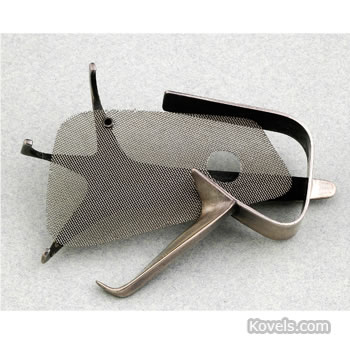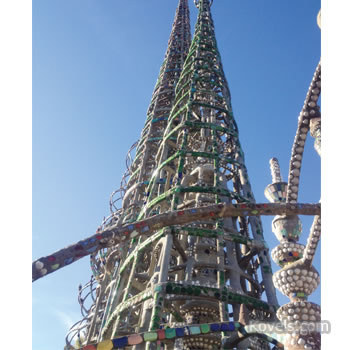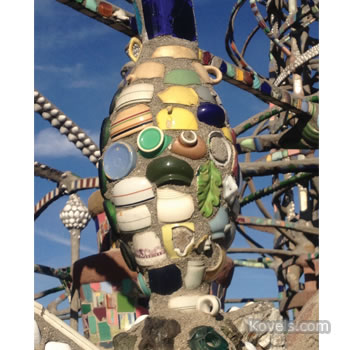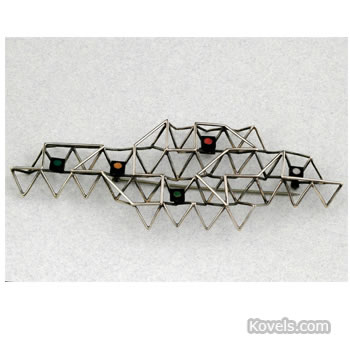My husband and I traveled to Los Angeles recently to see some exhibits on Southern California artists and designers. My brother, Lee Kovel (yes, the “Letter to Lee” guy) showed us around.
We enjoyed “Pacific Standard Time,” a series of artist shows with over 50 participating exhibition partners. The shows were funded by the Getty Museum. But the highlight of our visit was the Los Angeles County Museum show, California Design, 1930-1965: “Living in a Modern Way” (LACMA.org/art/exhibition/californiadesign). Our favorite was the Eames living room curators packed up at the Eames home and reinstalled right in the middle of the exhibit. Everything from the period is represented in the show—fabrics, furniture, clothes, dishes, kitchen equipment and even a car.
Not to miss an opportunity, we toured other sites around Los Angeles, including LACMA’s Pavilion for Japanese Art, which houses an amazing netsuke collection, and the California African American Museum’s show, The African Diaspora in the Art of Miguel Covarrubias.
We also took a midcentury architecture tour that included Union Station, a John Lautner (1911-1994) house for sale (the Schaffer House in Glendale), the landmark Bradbury Building and the Watts Tower. The Watts Tower, made up of 17 interconnected structures, was built over 33 years by one man, Sam Rodai, using broken dishes and bottles from the area. It was fun examining the tower and spotting pieces of the kinds of dishes and bottles we have in our own collection.
We’re always interested in learning more, so when we heard about an in-depth exhibit featuring Margaret De Patta, a California jewelry designer, we traveled to the Oakland Museum of California (MuseumCa.org/depatta). The museum owns her archives and numerous pieces of her jewelry.
Margaret De Patta (1903-1964) started working in the 1930s and became one of America’s first contemporary jewelry designers. She used natural stones, gold, silver and glass in ways that highlighted movement and transparency. Everything was handmade until she added a mass-produced line that was more affordable. De Patta made a total of only 4,000 to 5,000 pieces, but you may still find examples in your mother’s jewelry box or at local shows.
While at the museum, we also visited its Gallery of California Art (MuseumCa.org/exhibit/gallery-california-art), where we saw works by many California artists, including June Schwarcz (enamalist), Ruth Asawa (sculpture), Sam Maloof and Isama Noguchi (furniture).







Leave a Reply
You must be logged in to post a comment.